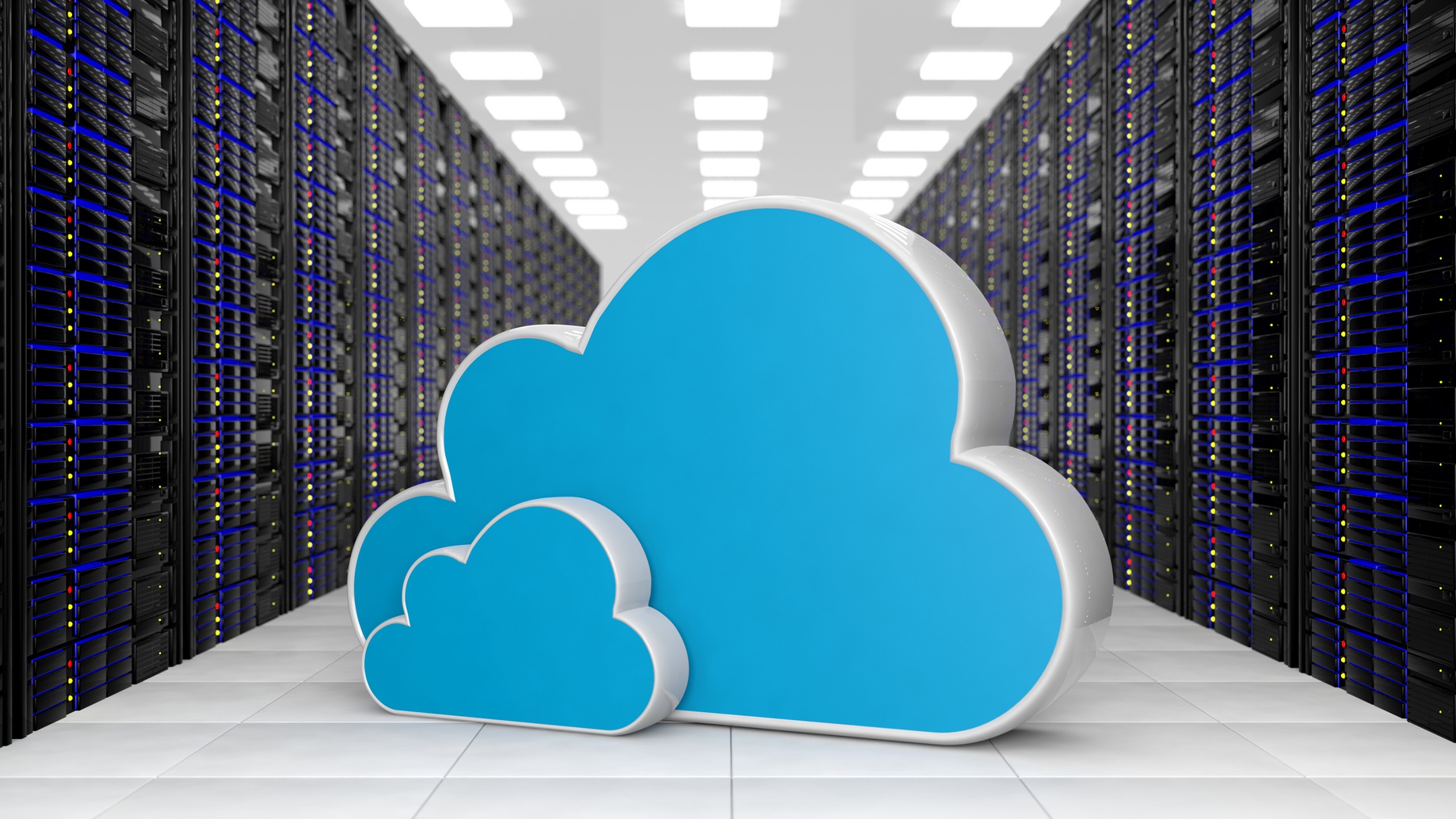IBM turns up heat in cloud pricing war
 The last couple of months have been relatively quiet for the major cloud players, though it looks like the lurking pricing war is just beginning to heat up, reports telecoms.com (Banking Technology‘s sister publication).
The last couple of months have been relatively quiet for the major cloud players, though it looks like the lurking pricing war is just beginning to heat up, reports telecoms.com (Banking Technology‘s sister publication).
Speaking at IBM InterConnect in Las Vegas, the team announced a horde of new offerings, as well as a number of pricing options which certainly puts IBM Softlayer in the competitive bracket. One of the loudest announcements here was the introduction of a cold storage service, which Big Blue claims is cheaper, and quicker than rival offerings.
“Clients need faster access to more of their data to become cognitive businesses with a deep understanding of markets and customer needs,” says John Morris, GM of IBM Cloud Object Storage. “IBM’s new cloud storage services and innovative pricing model provides clients an efficient and less expensive way to act on insights from unpredictable data patterns.”
Keeping true to form, Big Blue is late to the cold storage party. Amazon Web Services (AWS) launched Amazon Glacier in 2012, Microsoft Azure added Cool Blob in 2016 and Google Cloud came out with Cloud Storage Nearline cold storage in 2015. That said, IBM was also late to the public cloud game, but has since broken away from the chasing pack and can be counted in the exclusive top four bracket. If IBM Softlayer’s success has shown us anything, it’s that being late doesn’t mean you can’t compete.
“IBM’s new cloud storage service, IBM Cloud Object Storage Flex (Flex), uses a ‘pay as you use’ model of storage tiers potentially lowering the price by 53 percent compared to AWS S3 IA and 75% compared to Azure GRS Cool Tier,” the team says on its blog.
The underlying story here is a price war which is starting to heat up nicely for buyers throughout the world (possibly aside from in the UK). IBM has made a big deal of the new pricing structure out in Vegas, but there have been a number of other announcements through the last couple of weeks.
Earlier this month at Google Cloud Next ’17, the team announced new committed use discounts, which could reduce spend on certain products up to 57% off the list price, though the user would have to commit to a three year contract for the best discounts. The team also dropped prices for Compute Engine which gave customers in the US a 5% price drop, in Europe a 4.9% drop and in the Tokyo region an 8% drop.
Almost immediately following this announcement, AWS came back with its own discount for customers who commit long-term, and it’s not one to turn your nose up at; 75% when compared to on-demand pricing. Microsoft has been relatively quiet for the moment, but you can expect an announcement in the near future.
It should hardly come as a surprise that three of the worlds’ largest and most influential technology companies are starting to throw their weight around, but the real question is how low can they go? We spoke to AWS last year, and the attitude is relatively simple; cloud can be commoditised and cheaper because there is so much business to go around. Telcos maybe afraid of the role of utility, but there is a glass ceiling in the smartphone market; in reality, we’re nowhere near saturation point in the cloud segment.
A price war might get users excited, but the chasing cloud players maybe getting a little concerned. AWS, Microsoft, Google and IBM are the top four cloud players, and they seem to be continuously extending their lead over the chasing pack. A pricing war is not much of an issue for these guys as they already have scale and a significant customer base to rely on; they can chase new customers with cheap offerings to get them through the door without the worry of negative consequences in the long-term.
But can the chasing pack, the likes of Alibaba Cloud or Oracle, compete in a market where they are starting on the back foot, and the appeal of price is starting to exceed value? The big four can seemingly absorb the lower costs for a while, but how much long-term value will there be to the customers if the cloud suppliers are split into two such distinct tiers?
PS, IBM
Just recently, IBM went for a burst of cloud-related action.
IBM Cloud announced its new release of IBM Blockchain, the “first” enterprise-ready blockchain service based on the Linux Foundation’s Hyperledger Fabric version 1.0.
Elsewhere, IBM unveiled its IBM Cloud for Financial Services for creating finserv apps.
On top of all this, IBM also teamed with Wanda Internet Technology to enter the public cloud business in China. This will be done via a new firm – Wanda Cloud Company – built on the IBM Cloud Platform.











































